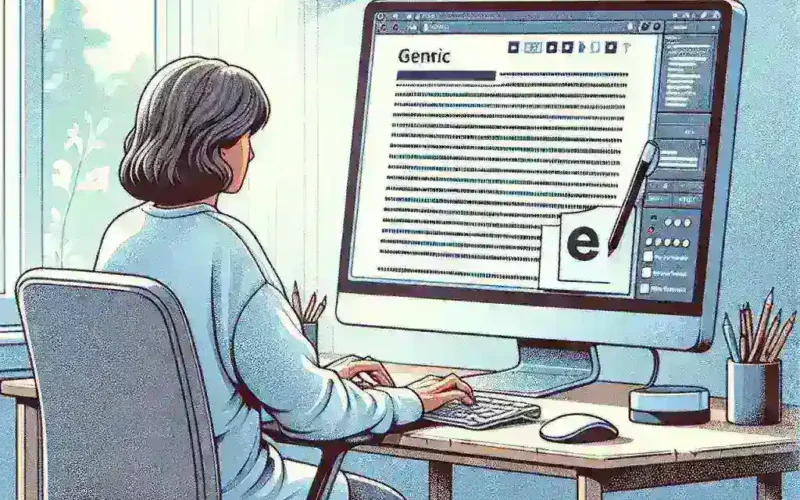Word processing software is an essential tool in both professional and personal settings. Whether you are drafting a business report, writing a personal letter, or creating creative content, mastering the basics of word processing can significantly enhance your productivity and efficiency. In this article, we will explore how to effectively use basic word processing software, covering everything from creating a new document to editing and formatting text.
Understanding the Interface
Before diving into the functionalities, it is critical to understand the layout and components of typical word processing software. Though the interface might differ slightly between programs like Microsoft Word, Google Docs, and LibreOffice Writer, the core elements remain consistent.
| Component | Description |
|---|---|
| Menu Bar | Contains file, edit, view, and other dropdown menus with various commands. |
| Toolbar/Ribbon | Includes icons and buttons for commonly used features such as bold, italics, and underline. |
| Document Area | The main workspace where you type your text. |
| Status Bar | Displays information such as the page number, word count, and zoom level. |
| Scroll Bar | Allows you to navigate up and down or sideways through your document. |
Creating a New Document
Step-by-Step Guide
- Open the software: Launch your word processing program by double-clicking its icon.
- Create a new document: Go to the File menu and select ‘New’ to open a blank document.
- Save your document: Navigate to File > Save As and choose a location and file name for your document. Remember to save periodically to avoid losing your work.
Typing and Editing Text
Basic Text Input
Begin typing your text in the document area. Use the Enter key to create new paragraphs. To delete text, use the Backspace key to delete characters to the left of the cursor and the Delete key to delete text to the right of the cursor.
Selecting Text
- Click and drag: Click at the start of the text you want to select, hold down the mouse button, and drag to the end of the desired text.
- Double-click: Double-click on a word to select it.
- Triple-click: Triple-click on a paragraph to select the entire paragraph.
- Keyboard shortcuts: Use Shift + Arrow keys to select text incrementally.
Formatting Text
Font Style and Size
- Select the text you want to format.
- Navigate to the Toolbar/Ribbon and select your desired font and size from the dropdown menus.
Text Alignment
Adjust the alignment of your text by selecting it and clicking on the alignment icons in the Toolbar/Ribbon (left, center, right, justify).
Adding Bullets and Numbering
- Select the text you want to turn into a list.
- Click on the bullet or numbering icon in the Toolbar/Ribbon.
Using Advanced Features
Spell Check
Most word processing software includes a spell check feature to help catch typos and spelling errors. Navigate to the Review tab/menu and select ‘Spelling and Grammar’ to run a check.
Find and Replace
You can quickly find and replace specific text within your document. Go to Edit > Find and Replace, enter the text you want to find, and the text you want to replace it with.
Inserting Objects
Images
- Select Insert from the menu bar.
- Choose ‘Picture’ and navigate to the image you want to insert.
Tables
- Go to Insert > Table.
- Select the number of rows and columns for your table.
Saving and Exporting
Once you are satisfied with your document, it’s crucial to save your work and possibly export it in different formats. Use File > Save or Save As to store your document. To share or distribute your document, you can export it to a PDF by going to File > Export and choosing the PDF format.
Conclusion
Mastering the basics of word processing software opens up a world of possibilities for creating polished, professional documents. By understanding the interface, learning to create and save documents, and utilizing editing and formatting tools, you can significantly boost your productivity. Experiment with different features and continue to explore advanced options to make the most out of your word processing software.

